I still remember sitting in a small café in Melbourne, sipping a flat white and scribbling down ideas for what I hoped would become my first franchise business. The smell of fresh coffee, the sound of people chatting, and my excitement mixed with nerves it all felt like the start of something big. I had the energy, the plan, even a name in mind. What I didn’t have was enough money. That’s when I realized that understanding how franchise financing works in Australia wasn’t just helpful, it was absolutely necessary.
If you’re in that same spot, full of ideas but not sure how to fund them, this guide is for you. I’ll walk you through the real options available in Australia, what actually works, and what I’ve learned along the way.
Understanding Franchise Financing in Australia
Franchising is a massive part of the Australian economy. The industry contributes more than $170 billion a year and supports over 1,100 franchise systems across the country. Yet, many new franchisees struggle not because their business idea is bad, but because they can’t secure the right financing early on.
Franchise financing basically means finding the money to buy and set up your franchise, whether it’s a fast-food outlet in Sydney, a gym in Brisbane, or a home services brand in Perth. Depending on the franchise, you could need anywhere between AUD $20,000 and $500,000 to get started. The good news? There are several ways to make that happen.
1. Bank Loans for Franchises
The most common route is through a bank loan. Big Australian banks like ANZ, NAB, and Westpac have specific franchise lending programs. Some even keep what’s called an “approved franchise list.” If your franchise brand is on that list, the bank already trusts its business model, which makes your loan application easier to approve.
When I sat down with my banker for the first time, she said something that stuck with me: “We don’t just look at you. We look at the system you’re joining.” That made sense. Banks know that a well-established franchise system often reduces their risk.
To apply, you’ll usually need:
- A clear business plan (many franchisors help prepare one)
- Your personal financial statement
- The franchise disclosure document (FDD)
- A short explanation of your background and skills
2. Government Grants and Small Business Support
One thing that surprised me was how many government support programs are available for small business owners in Australia. If you’re setting up a franchise, you might qualify for federal or state-based business grants.
For example, the New Business Assistance with NEIS (New Enterprise Incentive Scheme) helps new entrepreneurs with financial support and business training. Depending on where you’re based, there are also Digital Solutions grants and Small Business Growth funds that can help cover marketing or technology costs.
These aren’t free handouts, though. Most require a solid plan showing how your franchise will create jobs or contribute to local development. Still, every bit helps when you’re balancing setup costs and working capital.
3. Franchisor Financing Programs
Not all financing comes from outside lenders. Some franchisors actually offer their own funding options. Brands like Jim’s Group, Boost Juice, and Bakers Delight provide payment plans, reduced franchise fees, or equipment leasing programs for new franchisees.
When I explored a cleaning service franchise a few years ago, the franchisor offered to split the franchise fee into six monthly payments instead of one big lump sum. That flexibility made a huge difference. It eased my cash flow pressure and allowed me to focus on operations instead of worrying about how to make the next payment.
So when you’re talking to potential franchisors, always ask: “Do you offer financing or preferred lender partnerships?” You might be surprised by how many are open to helping.
4. Equipment and Vehicle Leasing
If your franchise involves physical assets like vehicles, machinery, or kitchen equipment, leasing can be a smart way to start without draining your savings. Companies like GoGetta, Silver Chef, and Macquarie Leasing are well known for working with franchisees.
Instead of paying $100,000 upfront for equipment, you can lease it and make smaller monthly payments. It’s also tax-deductible in most cases and helps you keep your working capital free for emergencies or marketing. I leased my delivery van when starting out it felt like a safer move, and I don’t regret it for a second.
5. Private Investors and Partnerships
Sometimes, your best funding option isn’t a bank it’s people. Partnering with a friend, relative, or small investor can work well if you set clear expectations. Just make sure everything is properly documented in a partnership or shareholder agreement.
When I brought in an investor for my second franchise, we sat down with a lawyer and agreed on profit shares, roles, and what would happen if one of us wanted out. It wasn’t the most fun conversation, but it saved us a lot of stress later.
Private investors often like franchises because they’re lower-risk compared to new startups. The systems are proven, and the potential returns can be reliable. Just remember, clear communication and legal backing are key.
6. Using Your Superannuation (SMSF Option)
Here’s a funding route that not everyone knows about you can actually use your Self-Managed Super Fund (SMSF) to invest in a franchise. This can be a smart move for people who are confident in their business plan and want to put their retirement savings to work in a tangible way.
However, it’s not a simple process. You’ll need to talk to a licensed financial advisor and follow strict Australian Tax Office (ATO) guidelines. I’ve met a few franchise owners who used their SMSF to invest and now operate multiple locations. They said it felt empowering to use their super for something they could control and grow.
7. Crowdfunding and Peer-to-Peer Lending
Crowdfunding is another modern option that’s catching on fast in Australia. Platforms like Birchal, Equitise, and SocietyOne allow you to raise money directly from supporters and small investors.
This works especially well if your franchise idea has community appeal. One friend of mine in Adelaide crowdfunded around $60,000 to open a health-conscious smoothie bar. She offered investors free smoothies, discounts, and a small equity share. It wasn’t the easiest route, but it gave her both funding and a loyal customer base before she even opened.
Peer-to-peer lending also deserves a look. Websites like RateSetter (now Plenti) connect borrowers with investors looking for better returns than banks offer. The rates can be competitive, and the process is usually faster.
8. Preparing a Solid Financial Foundation
No matter which funding path you choose, preparation is everything. Lenders and investors will look for signs that you’re financially ready and serious about your business.
Here’s what helps:
- Save at least 20 to 30 percent of the total investment yourself
- Keep three months of working capital aside for early expenses
- Create realistic profit projections
- Know your franchise’s average break-even point
And here’s my best advice: hire a good accountant who understands franchising. I made the mistake of using a general accountant at first, and it led to missed deductions and cash flow confusion. A franchise-savvy accountant can save you thousands.
9. The Emotional Side of Funding
Let’s be honest talking about money can be stressful. I’ve spent nights staring at spreadsheets, wondering if I should take out another small loan or scale back my goals. Financing a business isn’t just a financial process, it’s an emotional one. It tests your patience, your confidence, and sometimes your relationships.
But that’s part of the journey. Every successful franchise owner you admire went through the same fears. The key is to stay focused, stay flexible, and trust the process. There’s no perfect plan, but there are smart, informed steps you can take.
Conclusion
Franchise financing in Australia isn’t one-size-fits-all. You have traditional bank loans, government programs, franchisor plans, investors, and even creative paths like crowdfunding or SMSF investment. The right mix depends on your comfort level, your budget, and your long-term goals.
Starting a franchise takes more than money. It takes courage, patience, and the belief that your dream deserves a fair shot. If you can hold onto that mindset while building your funding plan, you’ll already be ahead of half the competition.
When I finally opened my first franchise, I realized something simple but powerful: the hardest part isn’t getting the money it’s convincing yourself that you can make it work. Once you do that, the rest slowly falls into place.







